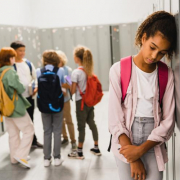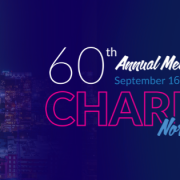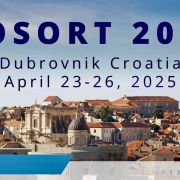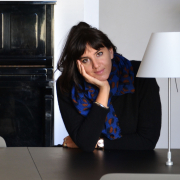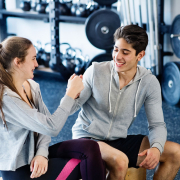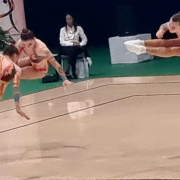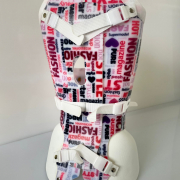Back to school with a brace
Going back to school is not always easy for adolescents with scoliosis who wear a brace.—-> with scoliosis, and who need to wear a brace
Some are able to talk about it and share their difficulties, while others keep everything inside — and often they are the ones who suffer the most.
Of course, not all of our adolescent patients will struggle, but we need to pay particular attention to those who are changing schools: moving from primary to middle school, from middle to high school, or even simply to a new class.
Facing new teachers, new subjects, and above all new classmates is always an exciting challenge, full of curiosity… but no one knows is aware about the brace!
It is natural, when entering a new environment, to want to give our best and show the best version of ourselves. It’s natural to want to give your best and show the best version of yourself when entering a new environment.But then comes the question: what about the brace?
“What will they think of me?”
“I can’t let them see me with the brace! Please, Mom, Dad, just the first few days without it and then I promise I’ll wear it again!”
“I’ll take it off at school and I promise I’ll put it back on afterward. In the afternoon I just do homework, I never go out anyway!”
Who could blame them? And above all, when this happens, how can we really help? It’s difficult — for the teenagers, for you the parents, and also for us professionals who care for them.
How to deal with it
If the prescribed “brace-free” hours allow it , it’s fine to leave the brace at home in the very first days. But if the free hours are limited (at least 3–4 in addition to school hours), then after a short initial adjustment it becomes important to face the class with the brace on. No adolescent will spend every afternoon locked indoors: there will be sports, birthdays, parties, get-togethers…
If, on the other hand, many hours of therapy are still required and free time is very limited, then it’s better to tackle the challenge right away. We know it’s tough, but once the “wall” is broken down, the path becomes much easier.
What we usually tell our patients
First of all, we remind them that they cannot live in seclusion. They have done nothing wrong to deserve a sort of “house arrest”: wearing the brace is already challenging enough, they shouldn’t also give up their social life.
Then we propose a kind of exercise: imagine it isn’t you with the brace, but one of your classmates. This classmate, afraid of being judged, chooses not to follow the treatment properly and doesn’t wear the brace the required hours. Nobody will ever know, because this classmate never had the courage to show up with the brace. But meanwhile, their spine is getting worse.
And then we ask: what would you want for this classmate? That they trusted you and asked for help, or that they considered you incapable of supporting them — so much so that they gave up their own health?
As always, when we put ourselves in someone else’s shoes, the answer becomes clear.
A special wish
Good luck to all the adolescents who are about to return to school wearing a brace — and good luck also to all their parents!

